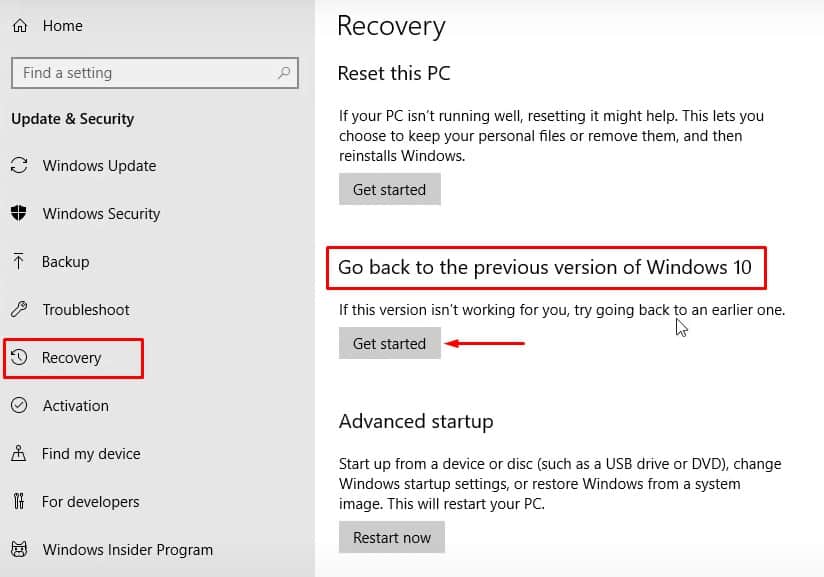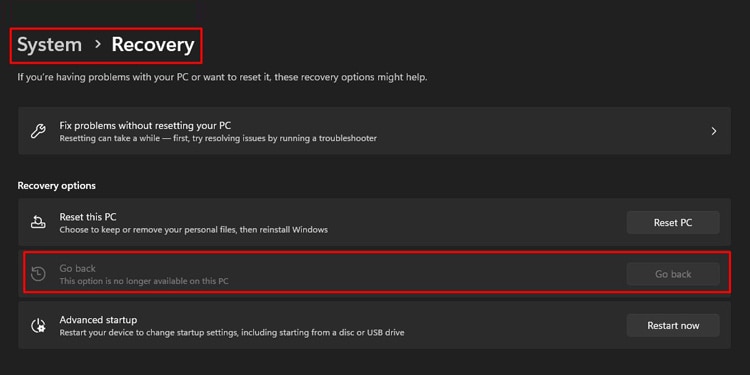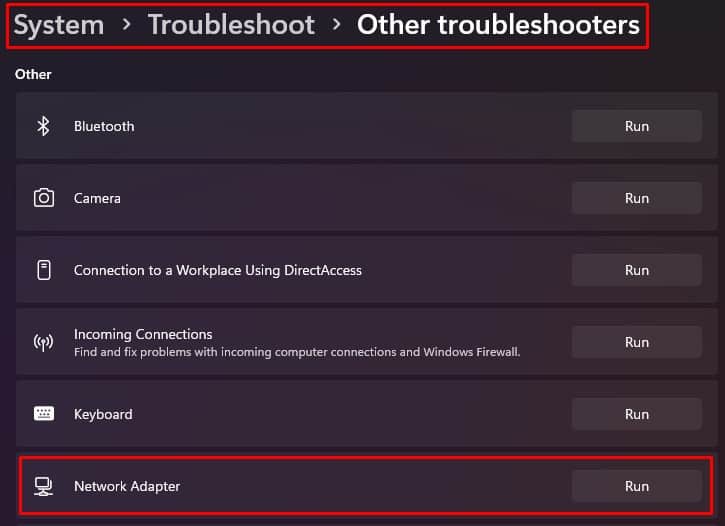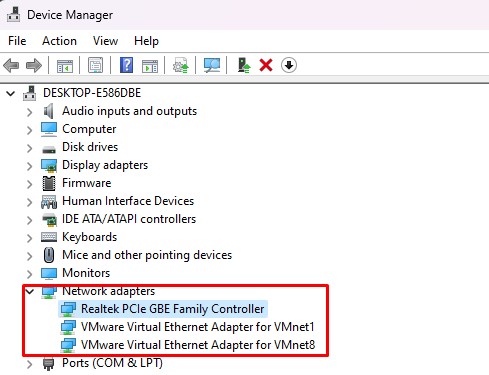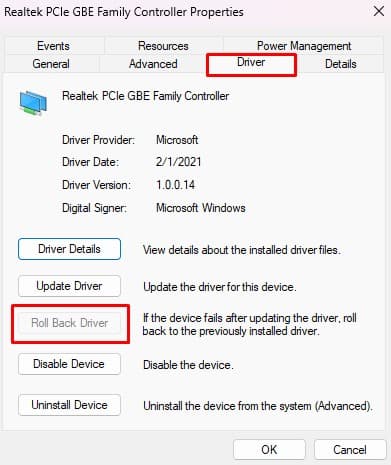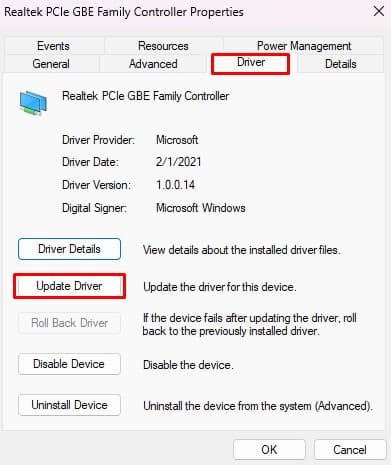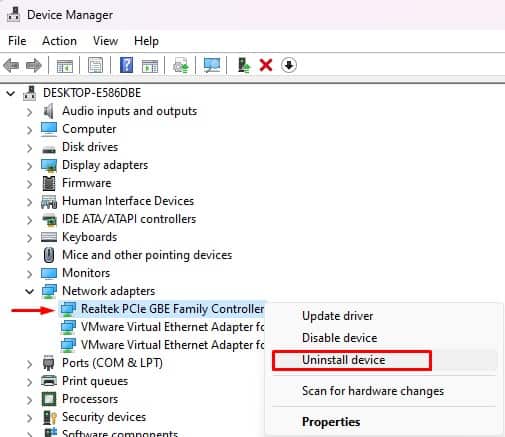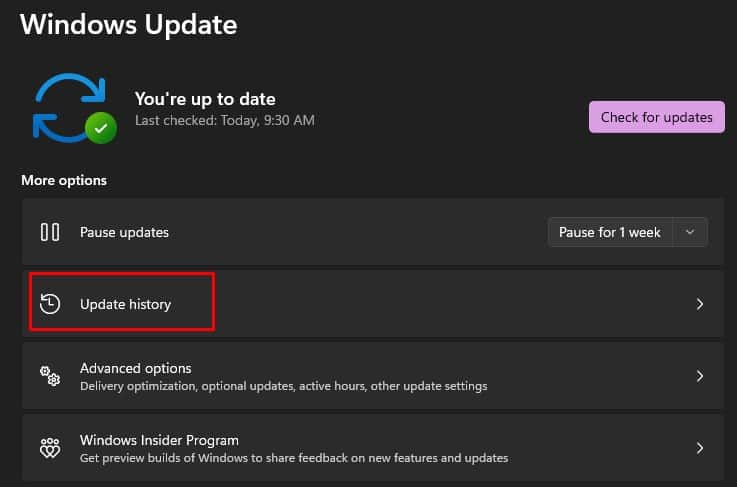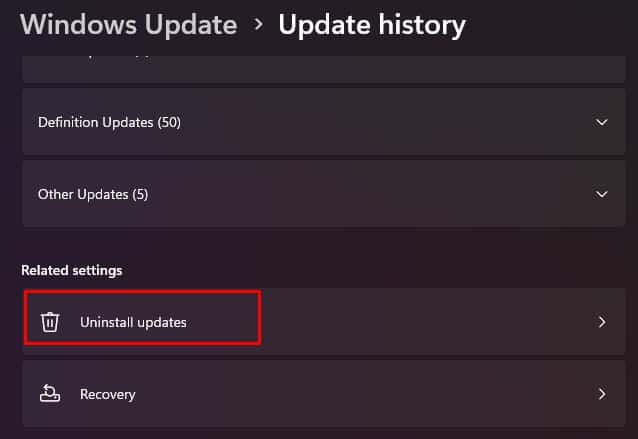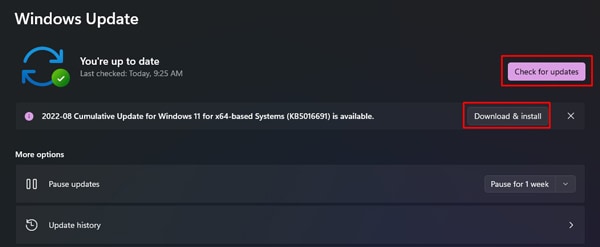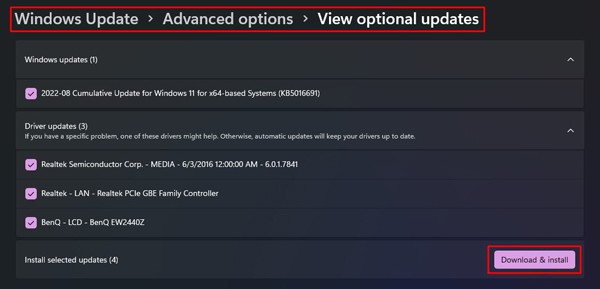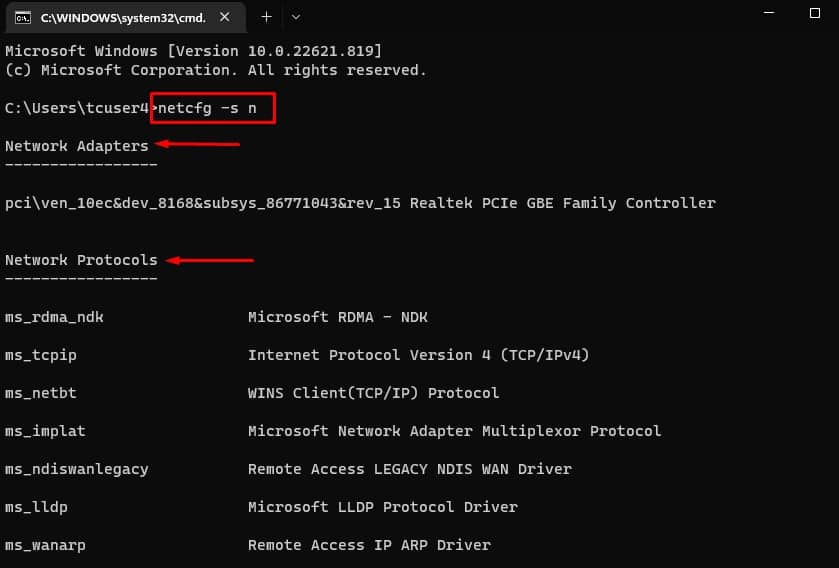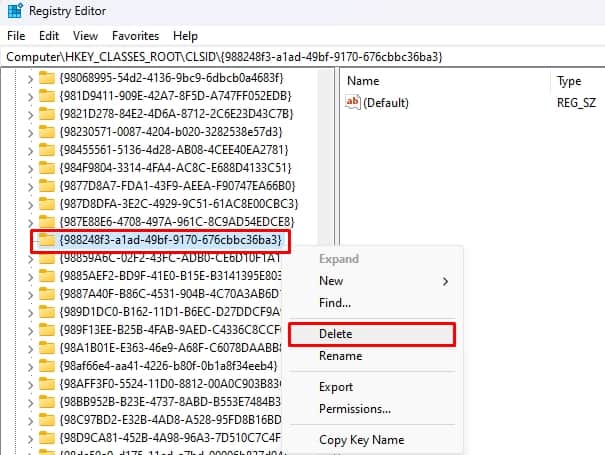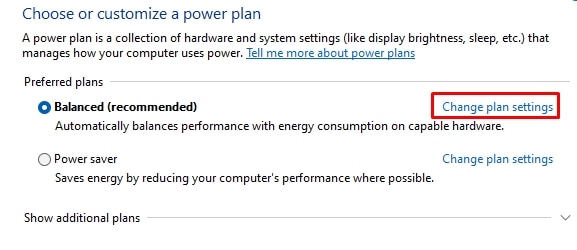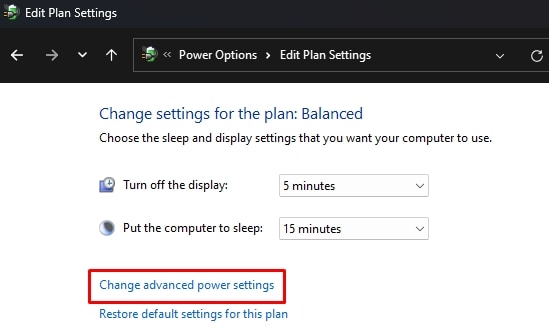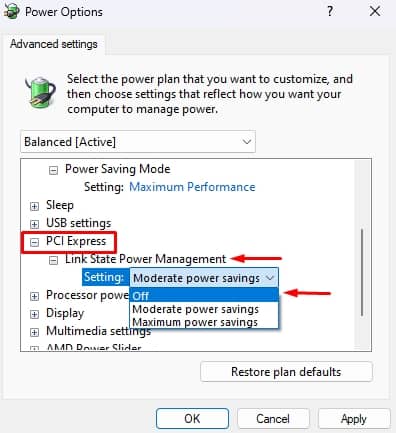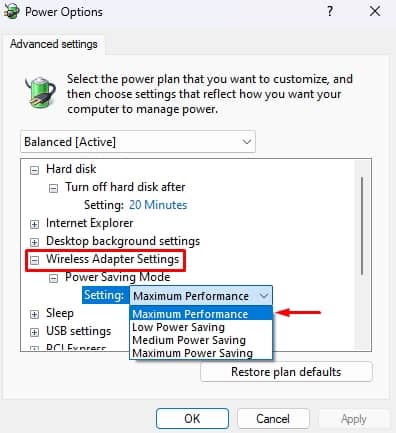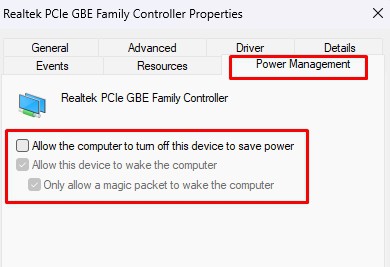However, sometimes, you may experience the error message “Windows Did Not Detect Any Networking Hardware”, even when the network adapter is working fine. Some of us may see this error when new updates are installed on the system. To add to this, there are also a few cases where the culprit is VPN software.
Causes For the Windows to Not Detect Any Networking Hardware
Fixes to Solve the Error
If you have just upgraded your PC to Windows 10 or 11, and the error appears right after the upgrade, then you can roll back the installation. There are cases where this has fixed the issue.
Outdated or Corrupted network driversFaulty Windows UpdateVPN installed in the PCInappropriate power management settings for the network cardHardware issues
But if the option to roll back has been greyed out and not available to you, or the issue still persists, let’s get on to the fixes right away.
Run Windows Troubleshooter
Windows Troubleshooter can fix some minor issues on your network device. If any other programs are interfering with the device or its driver, then the Windows troubleshooter will identify the issue and try to solve it.It will identify the issues and fix them automatically. See if the error appears again.
Troubleshoot Network Drivers
Usually, the problem arises when the network driver is outdated or corrupted. So, you will have to troubleshoot any issues with the drivers first.
Update or Roll Back Drivers
It is highly probable that the new driver update is incompatible with your PC. So, you should roll back the drivers to their earlier version.But, if the drivers have not been updated, then you should update them instead of rolling them back.Check if the issue is solved now.
Install the Drivers Manually
If updating the drivers through Device Manager does not work, then you should update the drivers manually. To do that, you will have to download the drivers first.The ethernet network drivers are usually found along with the motherboard drivers on the manufacturer’s website. But wireless adapters may have a different vendor, and you may find their driver software on their own page.
Uninstall the Network Device
Finally, if updating or rolling back the drivers does not do the job, you can uninstall the device and let the system install the compatible one on its own.Upon restart, the drivers will be installed automatically, and the problem should be solved now.
Uninstall Recent Updates
When the computer receives some major updates, then the existing drivers may become incompatible with the new updates. Usually, such problems should get solved after updating the drivers. But, sometimes, there may be faults with the recent Windows update itself.Thus, you will have to uninstall the very update to solve the problem.See if the error is resolved. If you do not want to uninstall the Windows update, you can look for any new pending updates. Most of the time, Windows tends to provide a fix for any faulty updates. So, it can also solve the issue of the PC not detecting networking hardware.Observe if the problem has been solved now.
Remove Registry Entry of VPN
If you have installed a Virtual Private Network (VPN) in your system, then it may be the culprit. The VPN connection instance may have made use of the adapter, causing the system to not detect it.It usually happens if you use any unsupported VPN on your PC. Thus, the problem should get solved when you uninstall the third-party VPN program. However, it may not always work. The VPN may have installed DNI_DNE on your computer, which may be causing the interference.So, you will have to remove it. But first, you need to check if the DNI_DNE is installed on your PC.If there is no DNI_DNE in the list, then you can move on to the next fix. However, If you find it there, let’s move on to remove it.
reg delete HKCR\CLSID{988248f3-a1ad-49bf-9170-676cbbc36ba3} /va /fnetcfg -v -u dni_dne
If you are not able to delete the registry from the above command, you will have to do it manually from Registry Editor.Restart your PC and see if the problem is solved now.
Set Power State for Network Adapters to Maximum
Windows have the feature to turn off the hardware device or run them in low-power mode when not in use. If this feature is on, then the system may not be able to detect the network hardware.Thus, you should set the device to operate in a high-power state.Similarly, you can also disable the ability of the system to turn off the network adapter.Observe if the error still persists.
Use External Network Card
If nothing works out, then there are probably some hardware issues with your network device. So, you can obtain an external network card or dongle that can be used to do the same job as the internal one.You should be able to connect to the network through the new card now.
